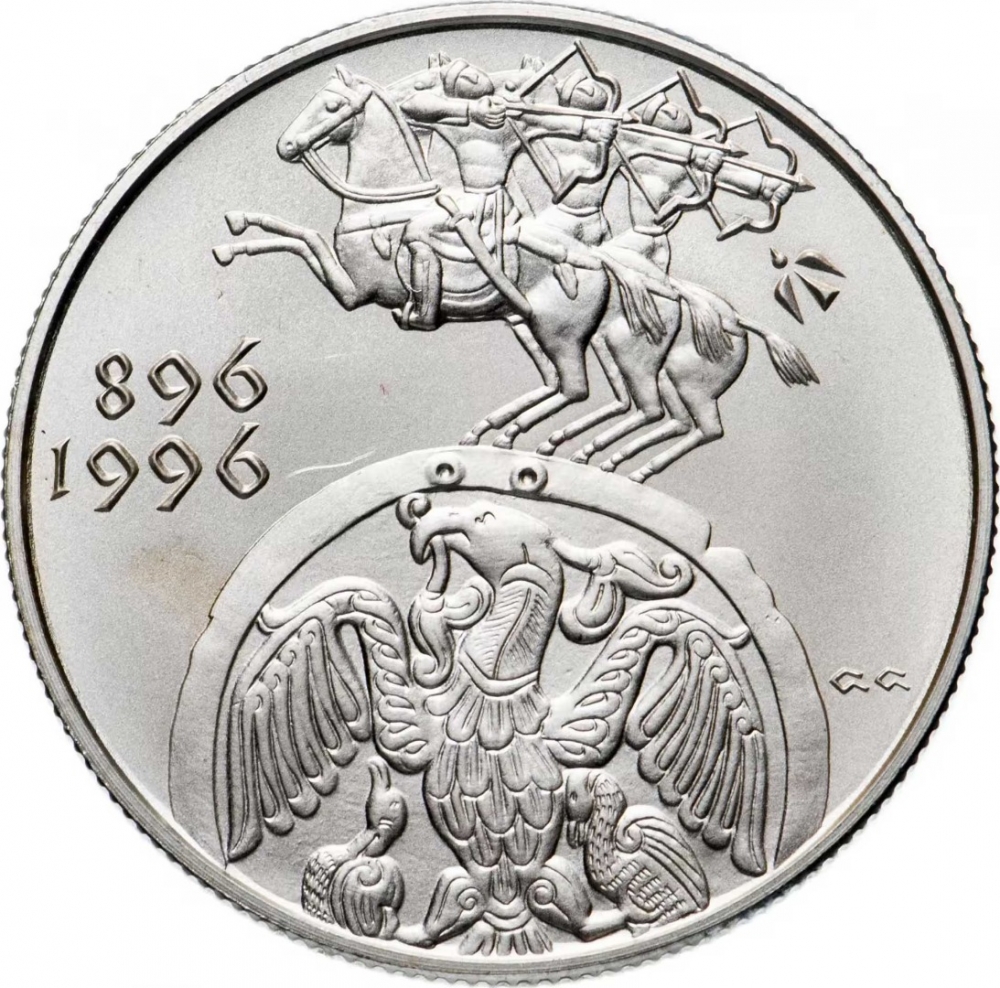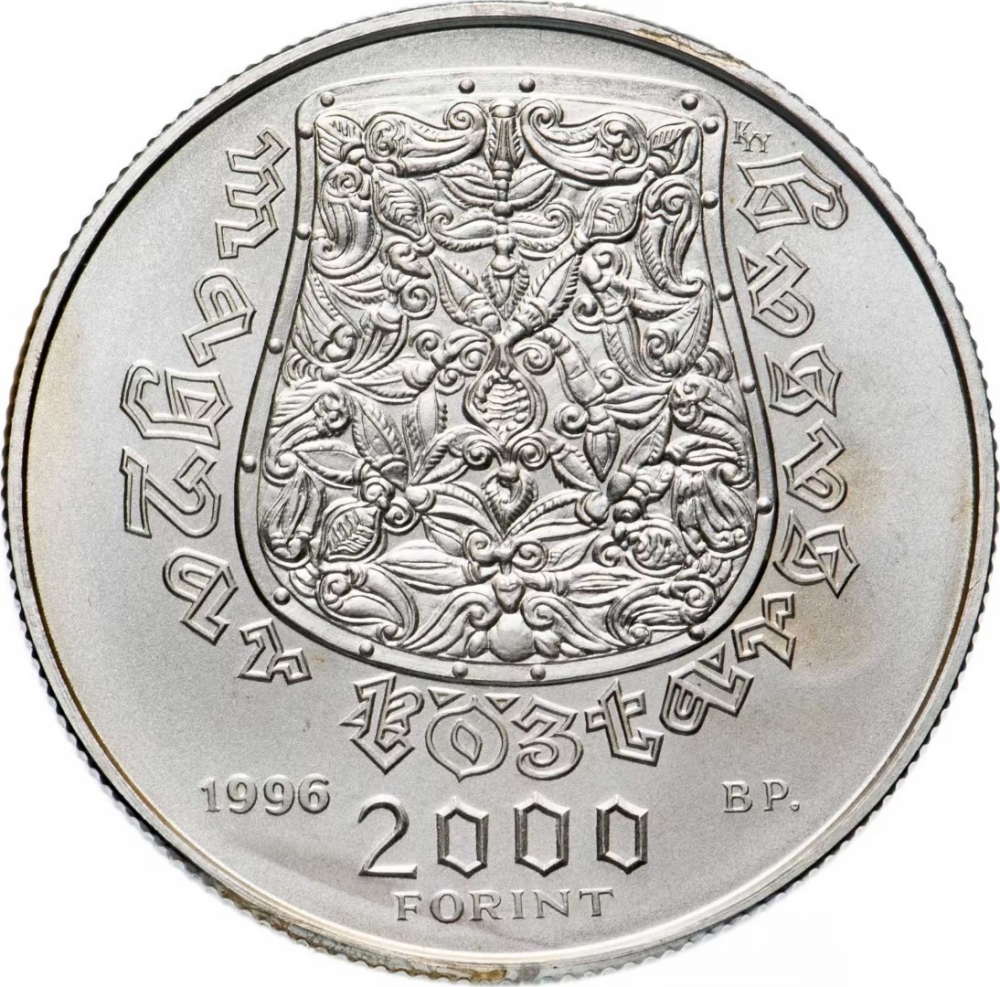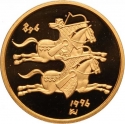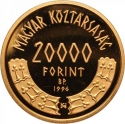You are about to finish your registration. Please check your mailbox (including spam folder). There should be a letter with a confirmation link. Check setting to make sure that your e-mail address is correct.
Send letter againDescription
In Hungarian history, the "Conquest" refers to the period when Hungarians seized control of the Carpathian Basin. Due to limited written records spanning a vast historical period, reconstructing the Conquest's precise events is challenging. Research suggests that Hungarians settled in the basin in a single wave, primarily targeting the lowlands around 895. The declining realm of Moravian Prince Svatopluk likely facilitated their conquest. By 902, they had subdued the entire basin, focusing settlement in regions like the Alföld (Great Hungarian Plain) and Kisalföld (Little Hungarian Plain), where ample pastures supported their livestock. Avar and Slavic populations in these areas assimilated into the newcomers' tribes over generations.
Since the 5th century, east-to-west migration across the Eurasian steppe has been common, bringing various groups like the Huns, Avars, Onogurs, and ultimately the Hungarians into Europe, with many settling in the Carpathian Basin. Economic factors, such as dwindling pastures or demographic pressures from successful animal husbandry, likely spurred this migration, as seen with preceding tribes like the Besenyő and Uz.
Historians estimate the Hungarian tribes' population differently, but figures commonly range from 200,000 to 500,000 individuals, with a military force of 40,000 to 70,000. Bulgarian campaigns, conducted within Byzantine alliances, engaged around 20,000 to 25,000 warriors from two tribes, aiming to secure the Carpathian Basin and conquer northwestern Bulgarian provinces. Initially, they occupied the east, later expanding to the west in the early 10th century.
Engravers: György Kiss, Gábor Gáti, Dezső Vári
Obverse

|
Depicts the breastplate, originating from the Hungarian Conquest era, with Hungarian horsemen shooting backward at the top. Below, a disk with a falcon feeding two nestlings is featured. Flanking the disk along the coin's midpoint are two rows of jubilee years. The engraver's initials (GG, Gábor Gáti) are located in the bottom right corner. 896 |
|---|---|
Reverse

|
Depicts the Hungarian-Scythian gold tarsoly, originating from the Szolnok-Strázsahalom site of the Hungarian Conquest. The country name (Hungarian Republic) outlining the purse in a stylized font accompanies the image. At the bottom left edge, the issuance year is situated, while the mint mark (BP) is located on the right side. In the center bottom, a stylized numeral indicates the denomination. At the top edge of the coin, the engraver's privy mark (KYY, György Kiss) are found on the right side. magyar köztársaság |
| Edge |
152 reeds |



